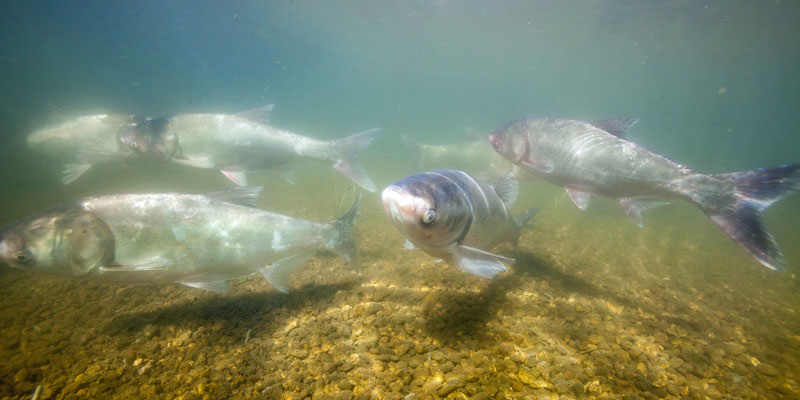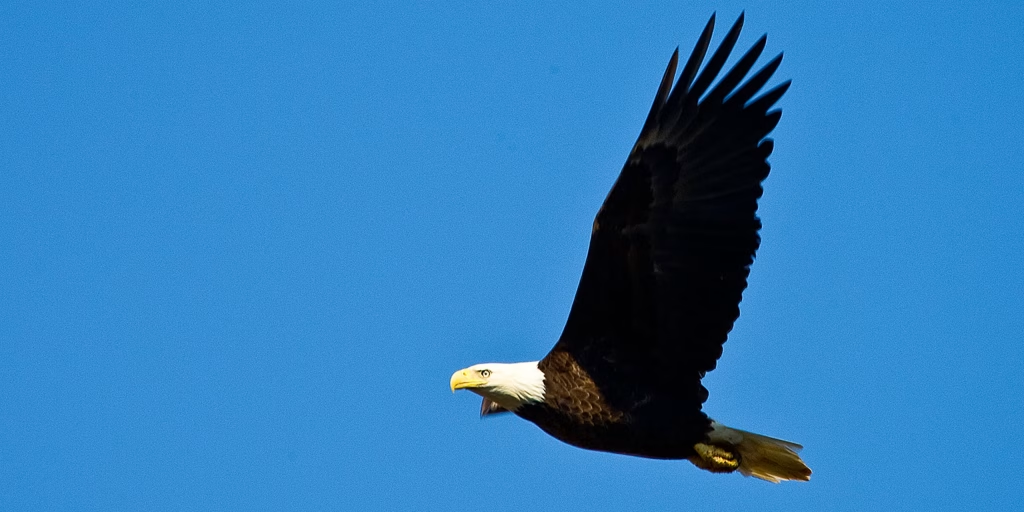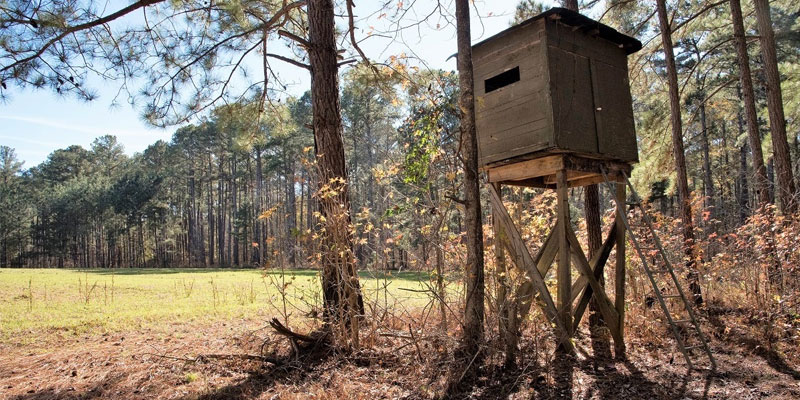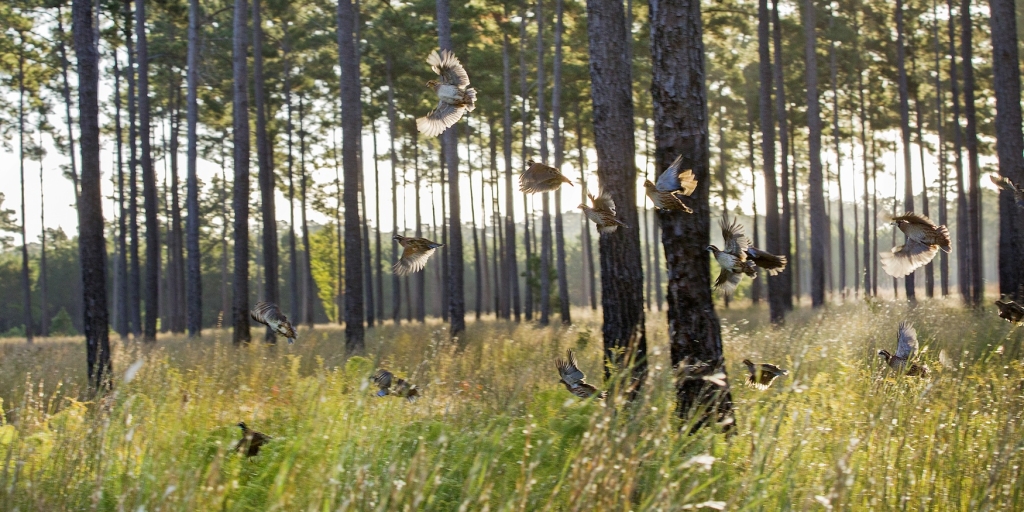
Unwanted guests can sometimes show up during the holiday season, but they almost always go home at some point. Unfortunately, the Alabama Wildlife and Freshwater Fisheries (WFF) Division got word recently that an unwanted fish species has invaded Alabama waters, and Fisheries Section Chief Nick Nichols is afraid the silver carp wants to make the Tennessee River home.
If you’ve spent any time on the internet checking out Facebook or YouTube videos, it’s likely you’ve encountered the shocking videos of the silver carp jumping like crazy, slamming into boats and passengers. Some people in those videos try to make dealing with this invasive species a game, but Nichols said nothing about silver carp is a game.
“They’re like the feral hogs of the water,” Nichols said. “At least, silver carp are as big a threat.”
In the same way feral hogs outcompete native wildlife for food and habitat resources, when silver carp become established in an area, they interrupt the natural food chain and native species end up devastated.
Nichols said four species of carp, known as Asian carp, have been released in the U.S. Those species include silver carp, bighead carp, grass carp (white amur) and black carp. Of those, the silver carp and black carp are believed to be the greatest immediate threats to Alabama’s aquatic resources. Anglers and bowfishermen can report sightings, but gillnetting is the only way to catch any significant number of carp.
Many people with ponds or lakes are familiar with grass carp, which were introduced into the U.S. in the 1960s to control aquatic vegetation. Nichols said there is no evidence to date that grass carp have adversely impacted aquatic ecosystems in Alabama waters.
The bighead carp came to the states in the 1970s. The bighead is a filter feeder that collects primarily zooplankton for sustenance. Nichols said bighead can weigh 80 pounds or more.
The black carp could prove to be a potentially devastating invasive species because of its food preferences, Nichols said.
“The black carp is a species that very much worries us,” he said. “This species looks very much like a grass carp. They were accidentally brought into the country with loads of grass carp because they look so much alike. The problem is that black carp feed almost exclusively on snails and mollusks.
“If you look at Alabama, Tennessee and Kentucky, we’re states with a huge biodiversity of aquatic mollusks, both snails and mussels. Some of these are species of conservation concern. The big concern for us, if the black carp become established in some of our systems, is that they could have a big impact on these mollusks that are already in trouble.”
Now we get to the worst news regarding these non-native carp species.
“The species that has everybody jumping, no pun intended, is the silver carp,” Nichols said. “If you Google silver carp, you will see images and videos of these clouds of jumping fish. Those are silver carp. Bighead carp don’t jump that much. Grass carp will jump but nothing like the silvers.
“The silver carp is also a filter feeder. It filters not only zooplankton but also phytoplankton, the microscopic plants. So they’re feeding right at the bottom of the food chain. By doing so, they’re competing with every other fish species in that body of water for the food supply. If they’re cropping off that zooplankton, that’s taking food out of the mouths of the native species, like the shad and bluegills.”
Another problem with silver carp is they don’t disperse but stay in large schools, which can overwhelm some systems.
“Once the silver carp establish a heavy population in an area, they literally eat themselves out of house and home,” Nichols said. “There won’t be anything left but silver carp.”
A recent study on the Yazoo River in Mississippi reveals the impact silver carp have on the backwater areas, which are vital for the recruitment of the native species like sunfish and black bass. In that study, rotenone was applied to sample the population a couple of decades ago. All the native species like crappie, bream and black bass were present. About a year ago, fisheries biologists went in and sampled those same areas with stunning results.
“Well over 90 percent of the biomass in the most recent study was silver carp,” Nichols said. “Basically, the only thing left was silver carp. They can literally take over the habitat. That’s what has happened in some places in the Mississippi basin. There are a lot of problems in the Illinois River basin. They’re in the Ohio River. Now they’re coming into the Tennessee and Cumberland systems.”
Kentucky Lake and adjacent Barkley Lake have been hit hard with a burgeoning silver carp population that has severely impacted the sportfishing on the lakes. At my outdoors writer’s conference at Kentucky Lake in October, numerous bass fishermen I talked to said the bass fishing success has plummeted the last few years because of the carp.
“What we think happened was in 2016 there was a big spawn of silver carp in Kentucky Lake and some of those locked up into Pickwick Lake,” Nichols said. “We have had a few reports in recent years of seeing silver carp in Pickwick, but there was a marked increase in reports of not individual fish but schools of silver carp.”
Because of the threat, Alabama has joined forces with the Tennessee Wildlife Resources Agency and the Mississippi Department of Wildlife, Fisheries and Parks to work collectively on mitigating the spread of silver carp. A multiple-state group called the Mississippi Interstate Cooperative Resources Association (MICRA) has been formed by the 28 states in the Mississippi basin. The U.S. Fish and Wildlife Service, U.S. Geological Service, Tennessee Valley Authority, U.S. Bureau of Reclamation and two Native American tribes are also members of the coalition.
With federal funding, Tennessee Tech was tasked with monitoring numerous lakes, including Pickwick, for silver carp. One of the goals is to catch silver carp and insert sonic tags to allow the tracking of the fish movements.
“We need to know how these things move,” Nichols said. “You can spend a lot of time out on the reservoirs, and the fish are not in high densities; you won’t find them.”
In November, WFF Fisheries biologist Keith Floyd was with the researchers from Tennessee Tech in Bear Creek on Pickwick when they made a disturbing discovery. In the six net-sets, 75 silver carp were caught.
“That’s a little scary,” Nichols said. “There’s not much to stop them from moving upstream. Typically, they will go through the locks.”
Nichols said several different methods are being evaluated in deterring the migration of silver carp, including electronic barriers and large hydrophones to scare the fish away from the locks. Although these methods are experimental, Nichols hopes these sonic devices will be installed below Barkley Dam and Pickwick Dam in the next couple of years.
Nichols said it may be up to Mother Nature to limit the spread of silver carp, which require tributary systems to successfully spawn.
“The fish have to reach large enough numbers to have a successful spawn,” he said. “Also, the tributaries that flow into the systems are critical for a successful spawn. If they move up the Tennessee River with these steep tributaries, they might not get off a successful spawn in those areas. And their spawning is triggered by flow events, flood events. They’ll wait for high water to spawn.
“If we’re lucky, these silver carp in Pickwick will die of old age before they can get off a big spawn. That assumes we don’t get more fish from Kentucky. If they do get established, it will have a big impact on the native game and non-game fish species. And that’s not good news.”
David Rainer is an award-winning writer who has covered Alabama’s great outdoors for 25 years. The former outdoors editor at the Mobile Press-Register, he writes for Outdoor Alabama, the website of the Alabama Department of Conservation and Natural Resources.












